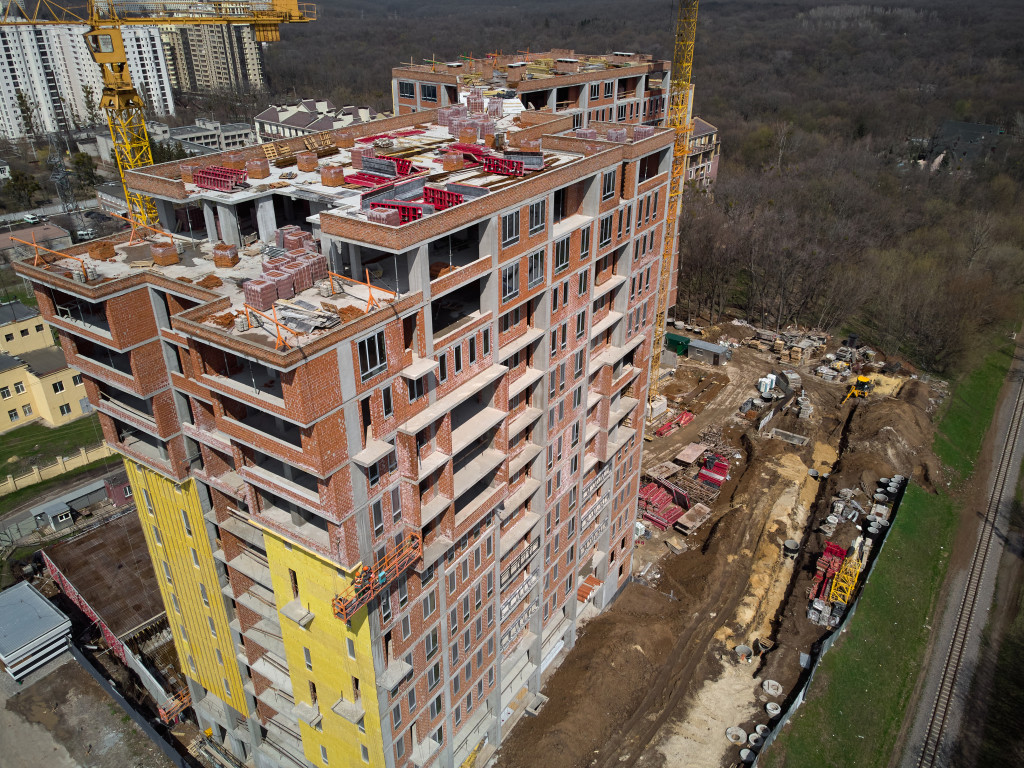- Thorough risk assessment and strategic planning are critical first steps in ensuring construction site safety.
- Regular safety training, including mental health support, is vital for reducing workplace accidents and injuries.
- Personal protective equipment and regular maintenance of machinery mitigate potential hazards.
- Creating a safety culture with regular inspections and prioritizing worker safety enhances productivity and reduces accidents.
- Business owners and entrepreneurs are responsible for prioritizing their workers’ safety and well-being.
The construction industry witnessed nearly 20 percent of all workplace fatalities in 2021, highlighting its inherent risks. Of these fatalities, over one-third were attributed to falls, trips, and slips, with the vast majority resulting from falls to lower levels. Remarkably, fatal falls, trips, and slips in 2021 were primarily associated with the construction industry, accounting for 46.2 percent of these incidents.
As a business owner or entrepreneur, ensuring safety and well-being should always be a priority for your employees, especially in a dangerous work environment such as construction sites. With the rise of workplace accidents and injuries, taking necessary precautions to minimize risks and create a safe working environment is essential.
This blog post will discuss effective ways to safeguard construction site workers and ensure their safety and well-being.

Risk Assessment and Planning
The first step in safeguarding construction site workers is identifying potential hazards and areas of risk. Conducting a thorough risk assessment of the site can help you identify hazards such as falling objects, slippery surfaces, and dangerous machinery.
Create a Plan
Once you identify potential risks, develop a plan to minimize or eliminate them. This plan should address risk management, personal protective equipment (PPE), emergency response protocols, and compliance with industry standards. It should also include regular safety inspections and training for all workers to ensure they know potential risks and how to mitigate them.
Provide Adequate Training
All construction site workers should receive adequate training on safety protocols and best practices to minimize the risk of accidents and injuries. This includes working at heights, handling equipment, using PPE, and emergency response drills. Training should be conducted regularly, and workers should be well-informed about any changes in the construction site’s safety protocols.
Mental Health
The training should also include a focus on mental health and well-being. Construction workers face immense stress and pressure, making them vulnerable to mental health issues such as anxiety and depression. Providing resources and support for their mental well-being can help reduce the risk of accidents caused by fatigue or decreased concentration.
Use Personal Protective Equipment
Personal protective equipment (PPE) is essential for construction workers to ensure their safety in dangerous work environments. PPE includes safety helmets, gloves, protective eyewear, and safety shoes. Ensure that all workers wear the appropriate PPE to minimize the risk of accidents and injuries.
Construction Equipment Safety
Regular maintenance and inspections of construction equipment are crucial to ensuring their safety. Faulty or malfunctioning machinery can lead to accidents and fatalities, making it essential to conduct routine maintenance.
To reduce the risk of heavy items falling, you should invest in durable crane rigging equipment. The equipment ensures heavy items are properly secured before they are lifted, preventing potential accidents. Additionally, ensure all workers are trained and certified to operate specific equipment. Regularly check for wear and tear on equipment and replace or repair any damaged parts immediately.
Regular Inspections
Construction sites should conduct regular inspections to identify potential risks and minimize the risk of accidents and injuries. This includes inspecting construction machinery, equipment, and tools to ensure they are in good condition and identify any defects or malfunctions.
Identify Hazards
Regular inspections can also help to identify hazards such as exposed wires, unstable scaffolding, and slippery surfaces. Addressing these issues promptly can significantly reduce the risk of accidents.
Meet Standards
The inspections should also meet industry standards and regulations to ensure compliance with safety protocols. These regular inspections should be documented for record-keeping purposes and reviewed regularly to identify any recurring issues that must be addressed.

Create a Safety Culture
Creating a safety culture among construction site workers should be a priority for business owners and entrepreneurs. This means educating workers on safety protocols, encouraging them to report risks or hazards, and providing a safe working environment free from retaliation or punishment. Establishing a safety culture can help to minimize risks and improve productivity.
Prioritize Safety and Well-Being
Safety and well-being should be at the forefront of any construction project. These strategies help business owners and entrepreneurs ensure the safety of their workers and create a positive working environment. Regular training, risk assessments, inspections, and a strong safety culture are essential in safeguarding construction site workers and reducing accidents and injuries.
Safeguarding construction site workers and ensuring their safety and well-being requires attention to detail and commitment from business owners and entrepreneurs. Conducting a risk assessment, providing adequate training, using personal protective equipment, regular inspections, and creating a safety culture is essential to minimizing the risk of accidents and injuries. A safer work environment improves employee morale, increases productivity, and reduces the cost of workplace accidents and injuries. Implementing the above strategies can safeguard construction site workers and create a safe work environment.

